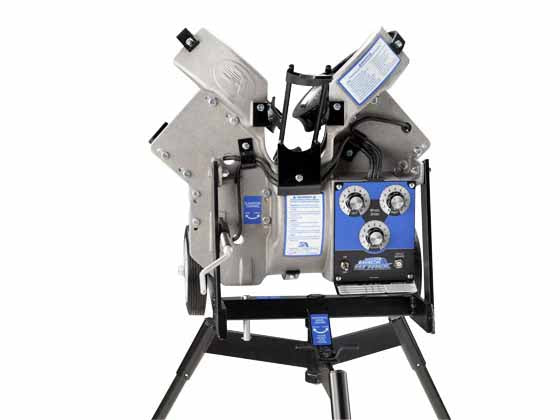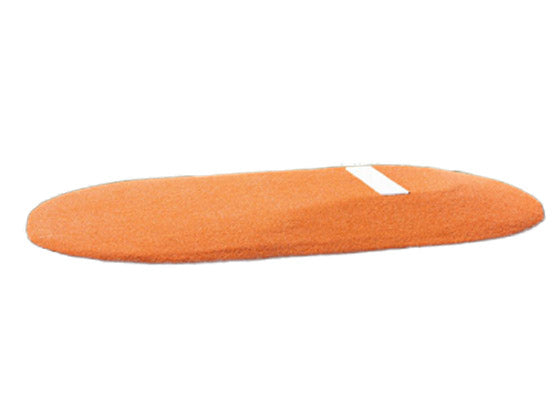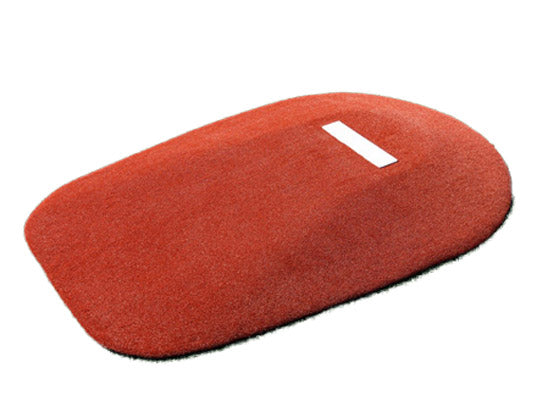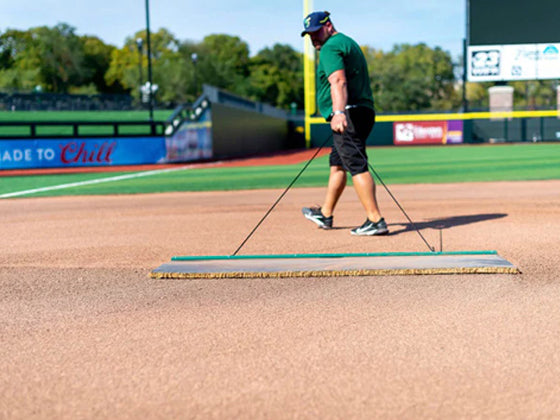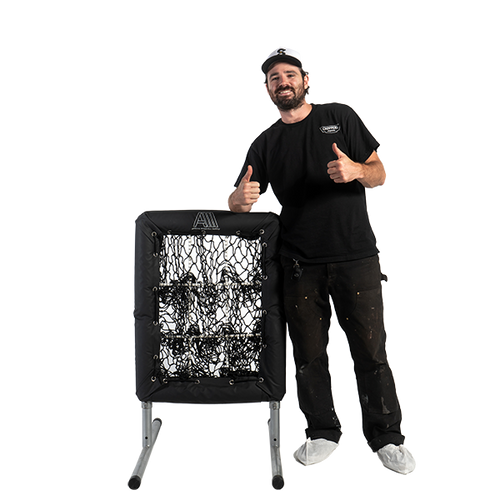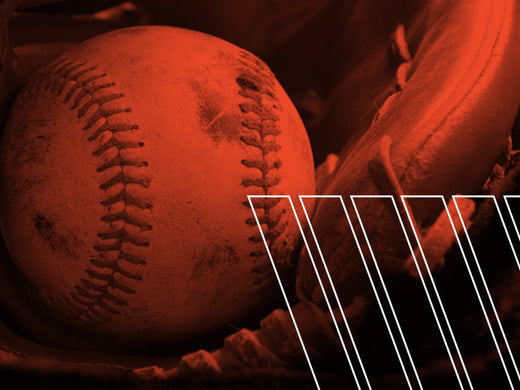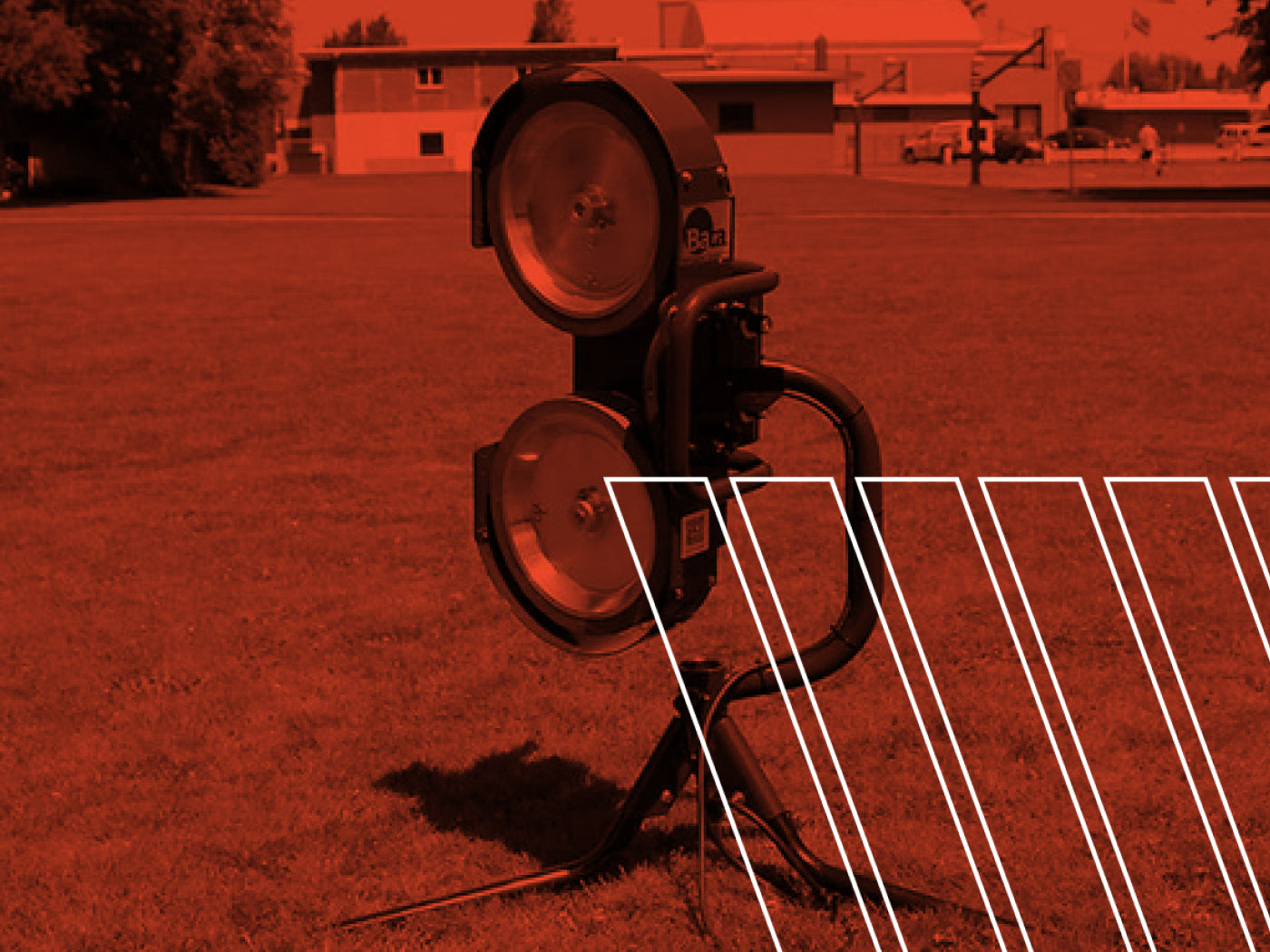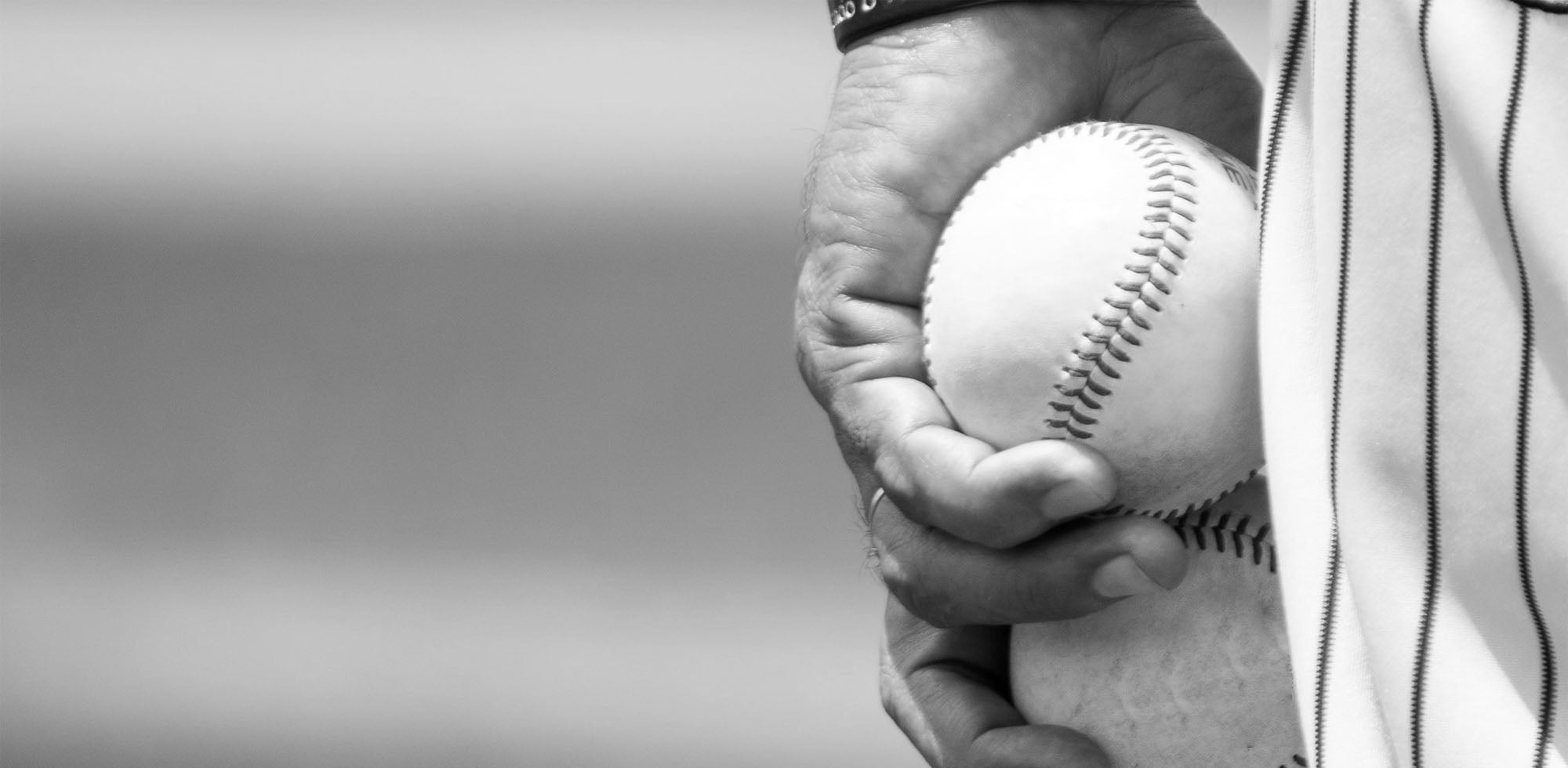For years, I’ve been in the batter's box, both as a player and now a coach. Few things captivate me like the age-old debate of pitching machine vs live pitching. Each has a valuable place in the world of baseball and softball, offering unique advantages and helping players hone their skills in different ways.
In this post, we’ll unpack both sides of the pitching machine vs live pitching debate. We'll explore how each tool contributes to a well-rounded training regimen. Let's dive in.
Pitching Machines: The Science Behind the Swing

Pitching machines often get dismissed as one-dimensional training tools. But don’t let their seemingly robotic nature fool you. These machines have evolved tremendously.
They provide controlled, consistent repetition that forms the bedrock of any successful hitter's skill set. Modern machines are engineered to mimic the mechanics of live pitching, from varying speeds to simulating the spin and break of fastballs, curveballs, and sliders. You can browse pitching machine product range at our store as well.
Benefits of Using a Pitching Machine

Repetition is at the heart of mastery, and that's where pitching machines shine. Hitters can take swing after swing without waiting for a pitcher to recover. This helps build muscle memory and refine their mechanics with each repetition.
The beauty of a pitching machine is its adjustability. Being able to control the speed and type of pitch lets players isolate weaknesses. This allows hitters to hone their technique for different scenarios.
Young athletes, especially, can benefit from practicing with a machine. They gradually build confidence as they get comfortable timing their swings and adjusting to varying pitch trajectories.
Think of a pitching machine as a personal hitting coach available 24/7. It never gets tired, never complains, and provides instant feedback with each swing. It also lets hitters refine specific techniques.
Need to work on driving the ball to the opposite field? A pitching machine will gladly feed outside pitches until that skill becomes second nature. Want to increase bat speed and power? A pitching machine lets you gradually crank up the speed, pushing your limits in a controlled setting. Want softball equipment? Explore softball pitching machine collection at Anytime Baseball Supply.
Choosing the Right Pitching Machine for Your Needs

Just like any piece of equipment, all pitching machines are not created equal. Selecting the right one requires careful consideration of various factors. Consider your budget, skill level, and training goals.
For those starting their hitting journey, a basic machine that throws fastballs and change-ups might suffice. But serious players and teams looking to reach the next level often invest in more sophisticated models. These machines are capable of replicating breaking balls and simulating game-like scenarios.
Key features to keep in mind while shopping for a pitching machine include:
- The type of pitches it can throw.
- The speed range.
- Its durability.
- Ease of use (especially if you're constantly moving it).
- Price.
A little research and careful planning can go a long way in ensuring you make a worthwhile investment. We also have wiffle ball pitching machine range for those want.
The Human Element: Live Pitching's Unpredictability and Pressure
Now let's step into the world of live pitching, where the real test of a hitter begins. Here's where the sterile consistency of a pitching machine gives way to the beautiful chaos of human competition.
Live pitching is where baseball transforms from a game of mechanics to a mental battle. It demands focus, anticipation, and the ability to make split-second adjustments.
Live pitching isn't just about speed and spin; it’s about the subtle cues, the hidden tells, and the mind games that unfold on the mound. A skilled pitcher can disrupt timing with a quick pitch, throw off a hitter's balance with a brush-back pitch, and disguise a change-up so well it seems to defy physics.
It's this unpredictability that forces hitters to tap into their instincts and react to each pitch with confidence and conviction.
The Psychology of the Batter's Box: Facing a Live Pitcher vs a Machine
Facing a live pitcher goes beyond just mechanics; it dives into the realm of mental toughness. The pressure of an opponent trying to get you out, a crowd cheering, or a runner on base, can't be truly replicated by even the most advanced machines.
These elements make live pitching irreplaceable. There is nothing quite like the adrenaline rush of digging in at the plate, staring down an opponent, and feeling the weight of each pitch.
This blend of pressure and excitement sharpens focus, hones instincts, and pushes players beyond the comfort of rote repetition.
Pitching Machine vs Live Pitching: Striking a Balance for Success

This brings us to the crux of our debate: pitching machine vs live pitching - which is the true key to hitting success? It’s easy to get caught in the allure of quick fixes or to overemphasize one training method over the other.
Both live pitching and pitching machines are crucial. They each serve as complementary tools to help you improve your swing movement.
Creating a Comprehensive Hitting Program: Integrating Machines and Live Pitching Effectively
A well-rounded practice regimen will blend the best of both worlds. Begin sessions with the consistent repetition of a pitching machine. This is your time to groove your swing, focusing on mechanics and eliminating bad habits. Think of it as building a strong foundation.
As your body warms up and your swing feels dialed in, transition to live pitching. Live batting practice helps apply the skills you honed with the machine in a more dynamic, game-like setting.
Incorporate situational drills, work on specific game scenarios, and begin to develop those crucial mental skills needed to perform under pressure. Striking this balance is what will turn good hitters into great hitters. Want a more in depth answer to your question: are pitching machines harder to hit than live pitching? Read our blog.
Why Every Hitter Needs Both: The Case for Dual Training
Incorporating both pitching machines and live pitching into a hitter's training regimen is crucial for developing a well-rounded skill set. While pitching machines provide consistent repetition and the opportunity to refine mechanics, live pitching introduces the unpredictability and mental challenges that simulate game situations.
The benefits of combining pitching machines and live pitching include:
- Building muscle memory and proper technique using the machine
- Applying skills in a dynamic setting against live pitchers
- Adapting to various pitch types, speeds, and locations
- Honing the ability to read a pitcher's delivery and make split-second adjustments
Moreover, the controlled environment of a pitching machine allows hitters to isolate specific weaknesses and focus on targeted drills, such as hitting to the opposite field or increasing bat speed. Once these skills are developed, live pitching provides the opportunity to test them under pressure and make necessary adjustments.
Ultimately, by embracing both pitching machines and live pitching, hitters can maximize their potential and become more complete players. This dual training approach ensures that hitters are prepared for the multifaceted challenges they'll face in game situations, from the mechanical precision needed to execute a swing to the mental fortitude required to perform under pressure. Just make sure you use the right balls for your pitching machine. If you are unsure about whether you can use real balls in your pitching machine, read our piece ab
The Role of Technology in Modern Hitting Practice
In recent years, technology has revolutionized the way hitters train and analyze their performance. Advanced pitching machines now offer features like:
-
Programmable pitch sequences
-
Customizable speed and spin settings
-
The ability to simulate specific pitchers
These innovations allow hitters to practice against a wider variety of scenarios and better prepare for the challenges they'll face in games.
Moreover, the integration of data analysis and video feedback has transformed hitting practice. High-speed cameras and motion capture systems enable coaches and players to break down swings frame-by-frame, identifying areas for improvement and making data-driven adjustments. This level of detail was once reserved for professional players but is now accessible to hitters at all levels.
Wearable technology, such as bat sensors and swing analyzers, provides instant feedback on metrics like bat speed, launch angle, and contact point. This real-time data allows hitters to make immediate adjustments and track their progress over time.
However, it's important to remember that technology is a tool, not a replacement for the fundamentals of hitting. While advanced machines and data analysis can enhance training, they should be used in conjunction with traditional methods like live batting practice and one-on-one coaching.
Conclusion
The pitching machine vs live pitching debate isn’t about declaring a clear winner. The true beauty of both training methods lies in recognizing their strengths. One offers predictable consistency to perfect mechanics. The other provides the invaluable chaos and psychological challenge that comes from facing a human opponent. Finding the right balance between pitching machines and live pitching is where the magic of training happens.
Q: What are the pros of hitting off pitching machines?
A: The pros hit off pitching machines include the ability to practice consistently at set pitch speeds, helping batters develop rhythm and timing. They can simulate various pitch types and speeds, allowing hitters to focus on their mechanics without the unpredictability of a live arm.
Q: Are pitching machines bad for hitters?
A: Some argue that pitching machines are bad because they can create bad habits due to the lack of variability found in live pitching. Additionally, they may not adequately prepare batters for the nuances of facing a pitcher, such as pitch movement and location, which can make it harder to hit in actual games.
Q: How does batting practice with a pitching machine differ from live bp?
A: Batting practice (bp) with a pitching machine typically offers consistent speed and pitch placement, while live bp involves a pitcher who can vary speeds, locations, and pitch types, providing a more realistic hitting experience. This variability in live bp can better simulate game situations.
Q: Can using a pitching machine improve a hitter's performance in the MLB?
A: Yes, using a baseball pitching machine can help improve a hitter's performance by allowing them to work on their swing mechanics and timing. However, it should be complemented with live pitching to prepare for the challenges faced in the MLB.
Q: Why do some hitters find it harder to hit off pitching machines?
A: Hitters may find it harder to hit off pitching machines because they can become overly reliant on the predictable nature of the pitches. When faced with a live arm, the variability in pitch speed and movement can create challenges that are not present when using a machine.
Q: What types of pitches can be practiced with a baseball pitching machine?
A: A baseball pitching machine can simulate a variety of pitches such as fastballs, curveballs, and sliders. Some advanced machines can even replicate different pitch speeds and movements, enabling hitters to practice against a range of pitch types effectively.
Q: How can coaches effectively use pitching machines in training sessions?
A: Coaches can effectively use pitching machines by incorporating them into practice routines that include front toss, soft toss, and tee work. This approach helps hitters develop their timing and contact skills before transitioning to live pitches.
Q: Is it beneficial to mix live pitching with pitching machine practice?
A: Yes, mixing live pitching with pitching machine practice is highly beneficial. This combination allows hitters to develop their mechanics with the machine while also adapting to the unpredictability of live pitching, which is essential for success in games.
Q: What is the best pitching machine for fastpitch softball training?
A: The best pitching machine for fastpitch softball training varies by need, but models like the Jugs machine and wheel jugs are popular choices due to their ability to simulate high pitch speeds and provide accurate pitch placement for effective practice.

 Contact Us
Contact Us